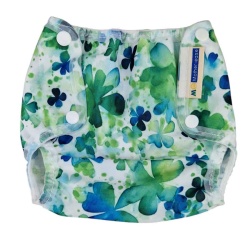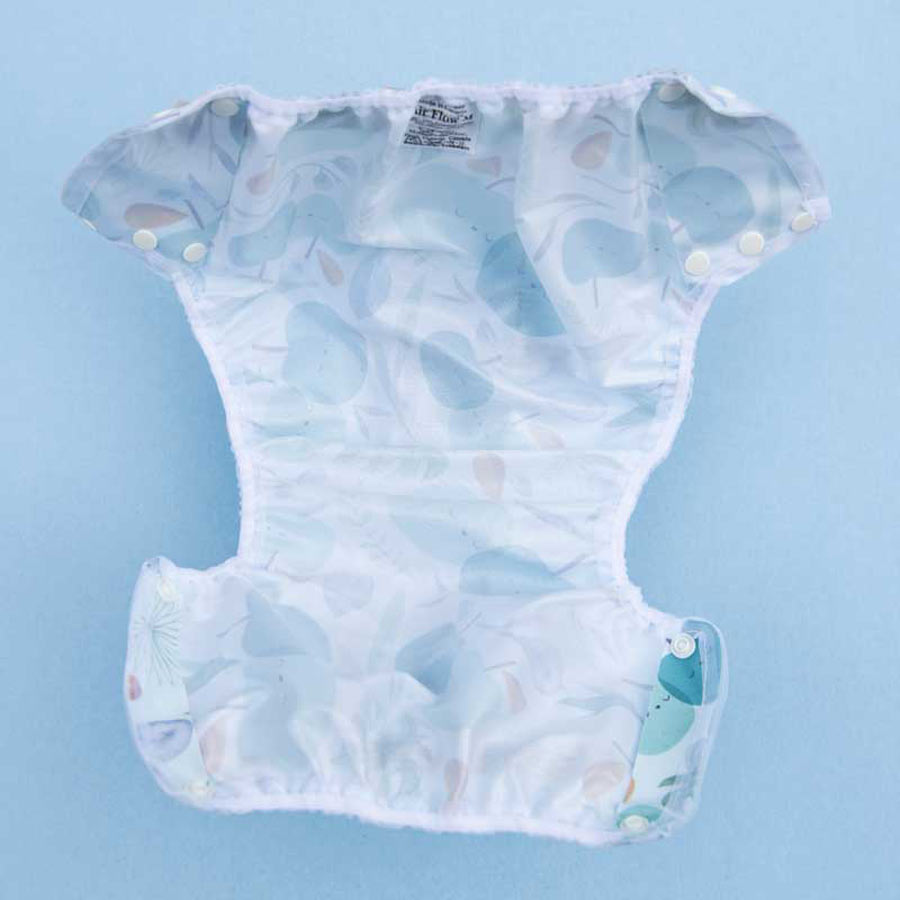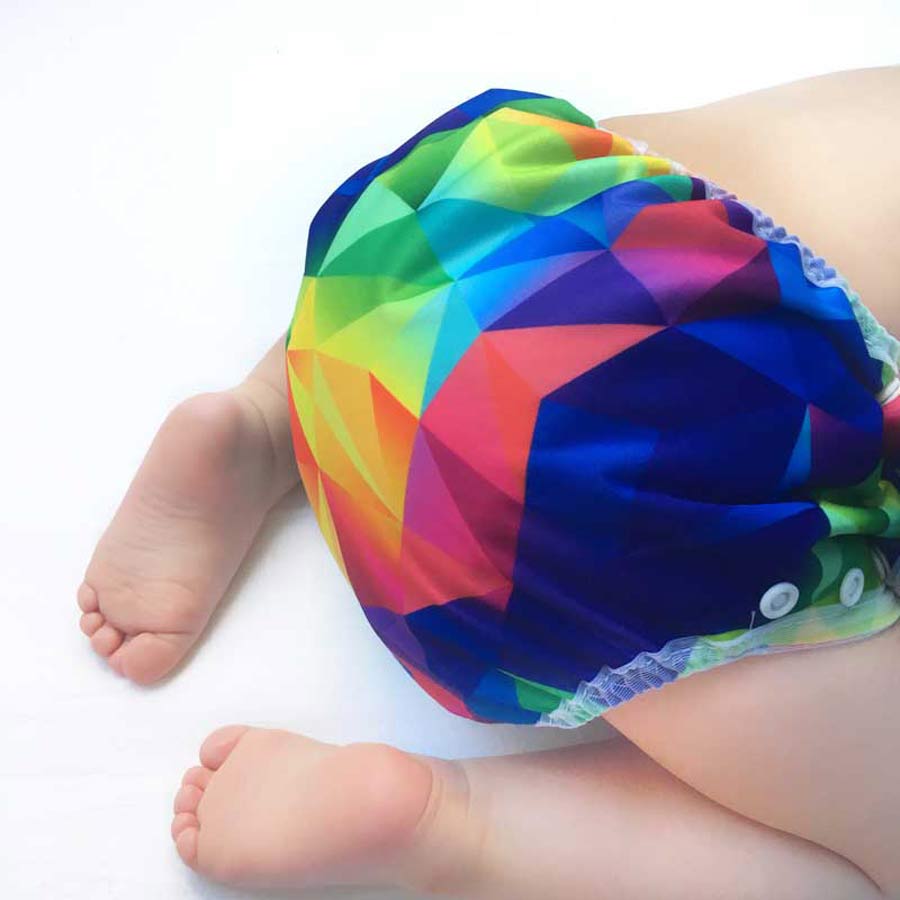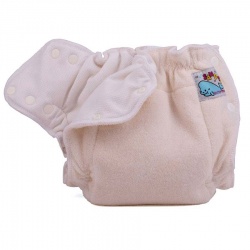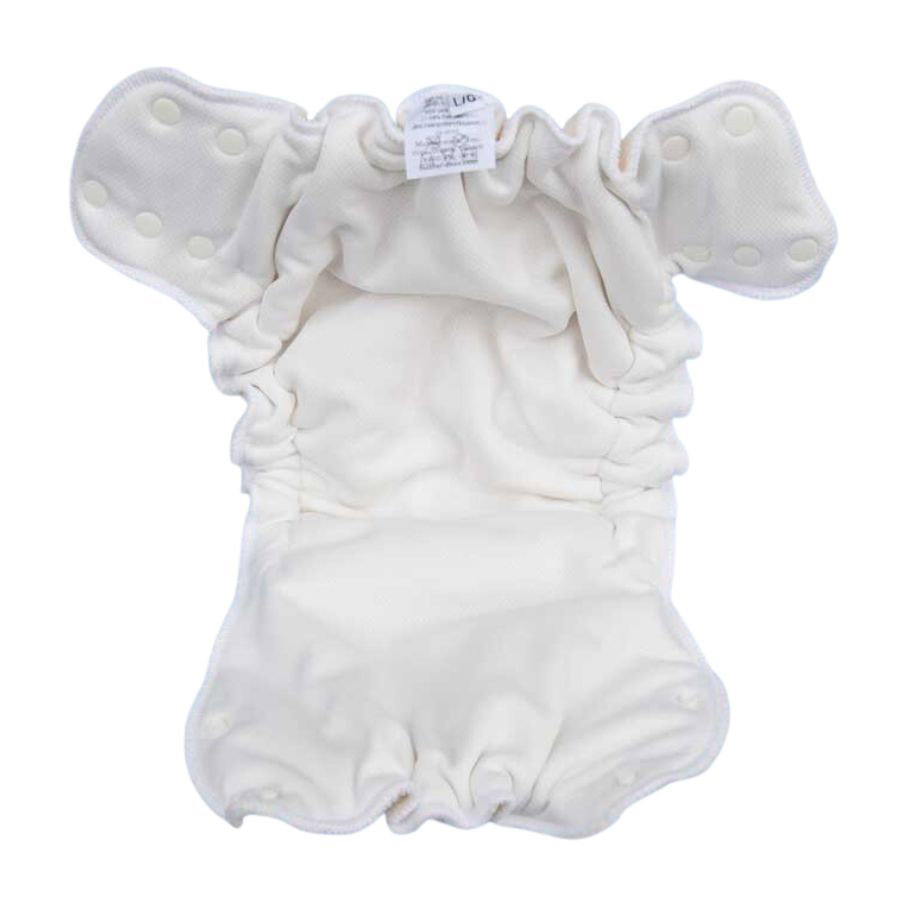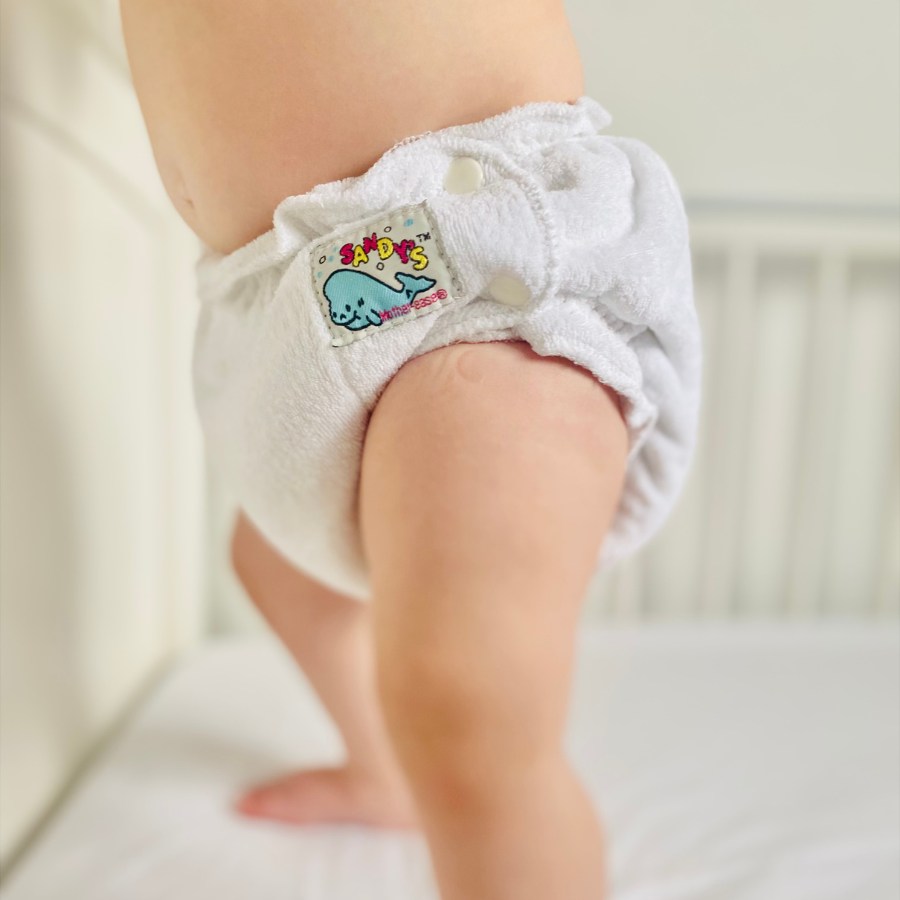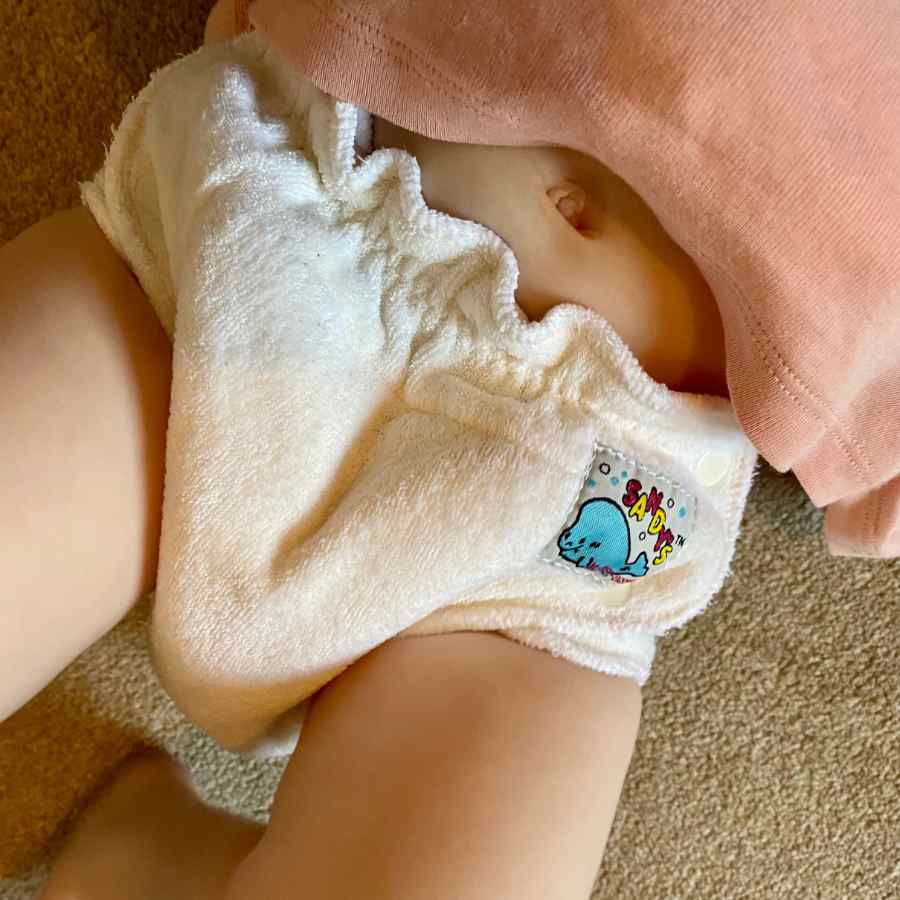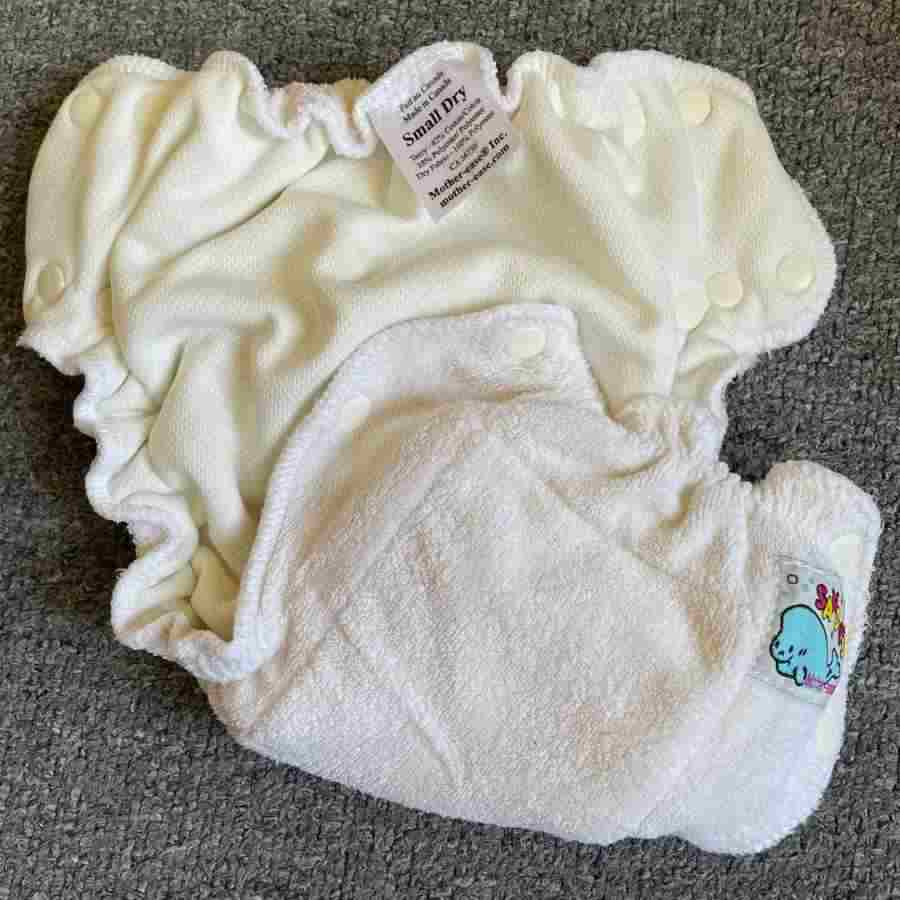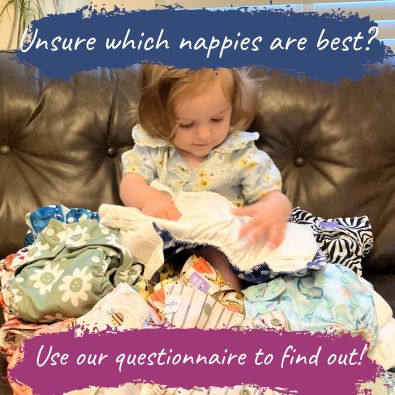All About Dirty Nappies
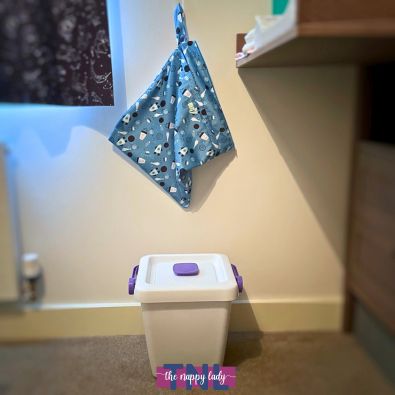
Changing a dirty nappy (or cloth diapers for our overseas friends) is one of those unpleasant but necessary parts of having a baby! Talking about poo and its varying consistencies is a daily occurrence here at The Nappy Lady, so don't be embarrassed to talk about it, we are more than familiar with all the gory details!
Nappy Liner Options
Nappy liners are used to help make changing and cleaning pooey nappies easier. There are two types of liners: disposable paper liners and reusable fleece liners. If you choose not to use a liner, then the poo will go directly onto the nappy, and for weaned babies will definitely need removing via sluicing before the reusable nappy is stored and washed. Read more about nappy liners here.
Our best selling liners are below
How To Sluice A Pooey Nappy
To clean poo off a nappy or liner is really simple. You put the nappy into a clean toilet and holding a corner of the nappy firmly flush the toilet and the power of the clean toilet water will sluice the poo away. Then put the wet nappy into your nappy bucket until wash day. This was the main way I managed my reusable nappies poo removal. It can be used with an entire nappy or just a liner.
Why do you need to sluice cloth nappies?
You might have an occasion where the poo has missed the liner and the nappy takes the brunt of the soiling: perhaps the liner moved out of place, or you forgot to put it in. In this case the majority of the poo will need to be removed from the nappy before it's stored and washed. This way you will be washing nappies in cleaner water in the washing machine.
The easiest way to clean it off is to hold a clean corner, dangle the cloth nappy into the toilet bowl and flush. Only clean water might splash on your hand, but hopefully this will wash most of the poo off into the toilet. Don't forget to hold onto the reusable nappy tightly, because you may underestimate how strong your flush is!
Other common 'poo management' techniques include a hand held bidet/shower head attachment plumbed in near the toilet, using the shower head to rinse the soiled nappies into a bucket (then pour the contents of the bucket down the toilet), or even having a dedicated 'poo knife' kept in the bathroom to scrape off the solids into the toilet. You may also choose to rinse dirty nappies or fleece liner under the tap in a sink; if you do this don't forget to clean your sink and its waste pipe, as even minute amounts build up after a while.
Do I need to soak nappies with poo on in a nappy bucket?
It is not necessary to soak modern cloth nappies in a nappy bucket and in fact it is not recommended. Long term soaking of nappies can damage elastics and waterproof layers. Soaking nappies also creates smelly horrid water you need to deal with. Instead remove poo from the nappy as described in this article and then dry pail your nappies.
Dealing With Pre-Weaned Baby's Poo
While baby is still very young, their only food is in liquid form, so liquid in = liquid out and can make for some very runny nappies. During this phase, it is quite possible that the nappy liner will not contain it all, and so rinsing the nappy before putting it in the nappy bin is more important. Fleece liners tend to stay in place much better, or if you prefer a disposable liner the Bambinex or Ultra liners arethe best disposable liners for the newborn stage.
If your baby is breastfed, the poo is water soluble so technically it can go straight in the washing machine. Many families aren't too keen on this idea so you may still prefer to remove most of it prior to the nappy being washed. This will also help minimise any staining on the nappy that newborn poo is so fond of causing. The only plus is that it should not normally smell too strong (unless the mother's diet is full of rich and spicy foods - these will tend to affect the smell of baby's poo!).
If your baby is formula fed, their poo tends to be thicker from an earlier age and the nappy will need to be sluiced before storage.
Note that babies do not tend to poo in their sleep, only when they wake. So if they go to bed with full bowels, remember they will fill their nappy shortly after waking. Tip: this is the time to make sure your partner is on early morning nappy duty!
Dealing With Weaning Poo
With a weaned baby, the poo usually has a more solid consistency so most poo should be picked up by the washable nappy liner. The nappy therefore should not normally get dirty. If it does, it will normally only be at the edges, and this can easily be rinsed off before the nappy goes into the nappy bucket. If you put it into the nappy bin without rinsing off any soiling, you will find your nappy bin will smell pretty rough under its lid by the end of the day.
Best Reusable Nappies For Poop Containment
As a general rule, a two part nappy system of shaped nappy or fastened terries and a wrap are far more efficient than other styles of cloth nappies or disposable nappies at keeping explosive poo inside the nappy and off baby's clothing. If anything does escape the nappy, it will be contained by the wrap and so avoid anything leaking out onto clothing.
Our best selling nappies and wraps for containment are below:
Washing Reusable Nappies
Washing nappies is really simple. Modern washing machines are incredibly water efficient so a nappy wash normally has two stages. Firstly you run an extra rinse cycle first to flush the washable nappies through and then run a long hot wash cycle, cotton up to 60deg. A good washing routine will keep your nappies clean and fresh.
Will washing reusable nappies make my washing machine dirty?
No washing reusable nappies will not effect your machine or anything else you wash in it. Many customers say that using reusable nappies has meant there is LESS poo going into their washing machine as the reusable nappies contained it inside the nappy, the poo was disposed of down the toilet into the sewage system. Compared to disposable nappies leading to poo explosions and very pooey clothes ended up in the machine. Cloth nappies simply perform better than disposable nappies.
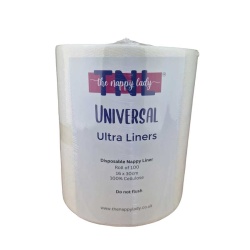

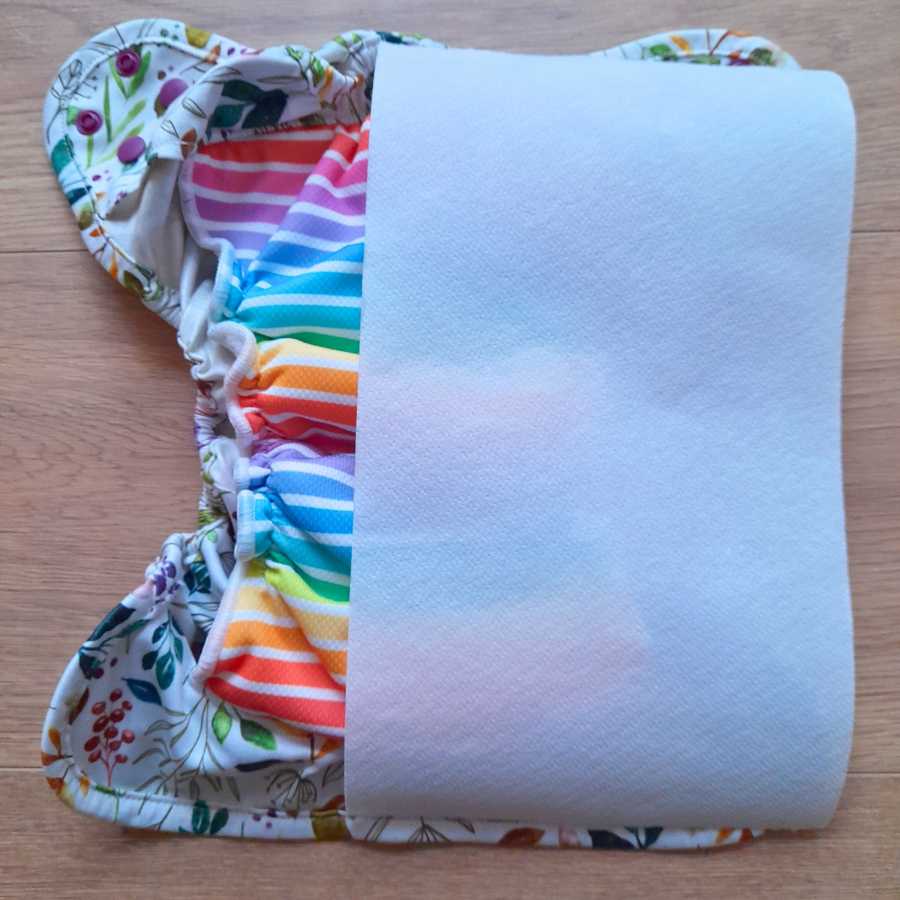
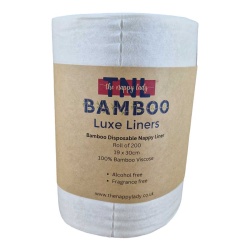
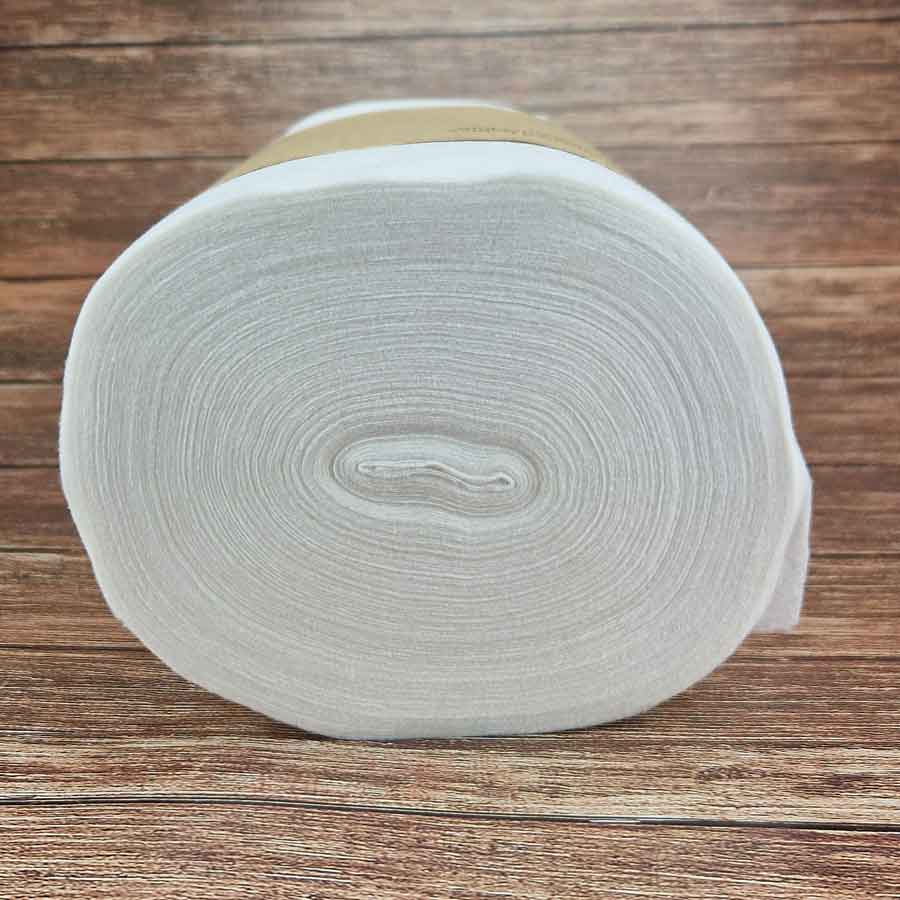
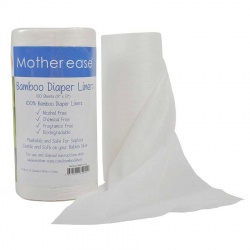
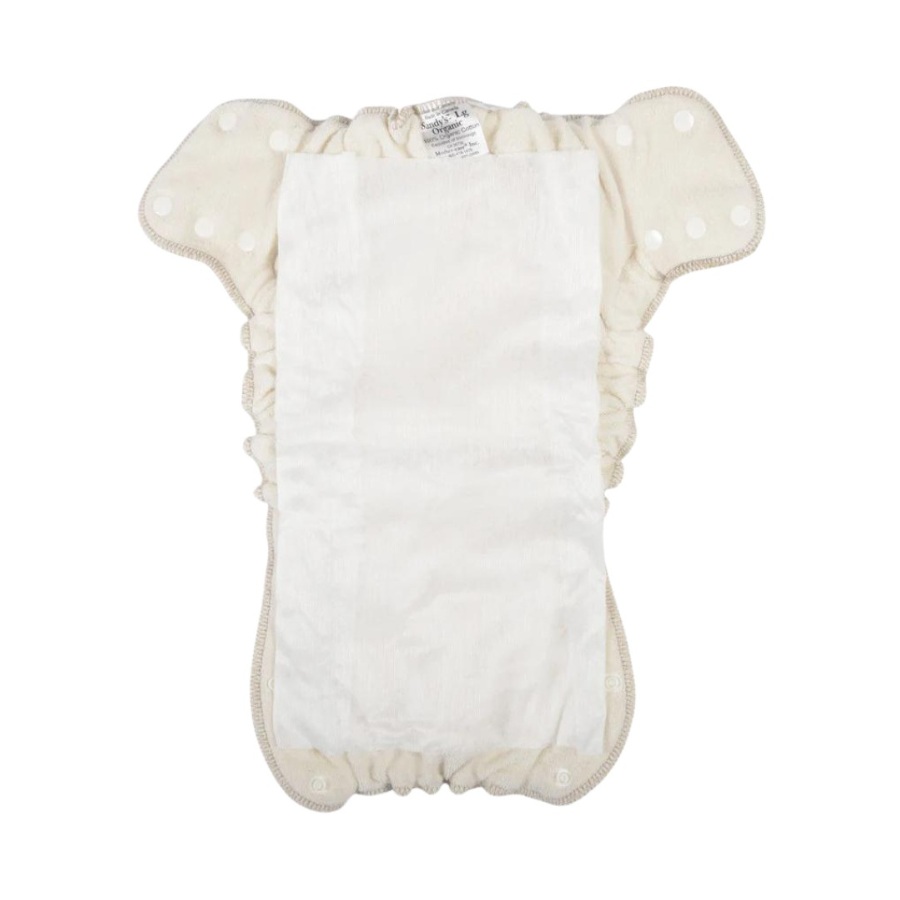
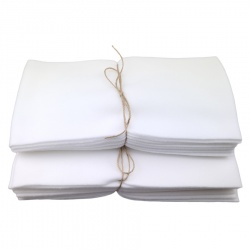
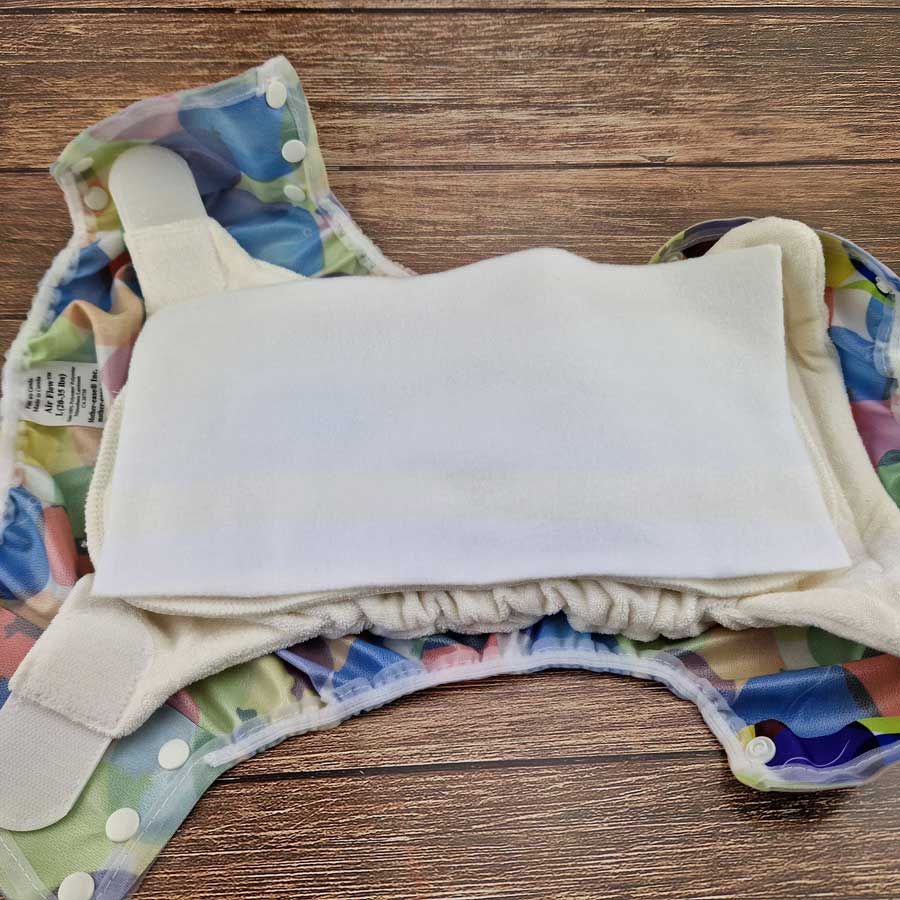
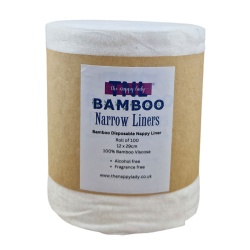
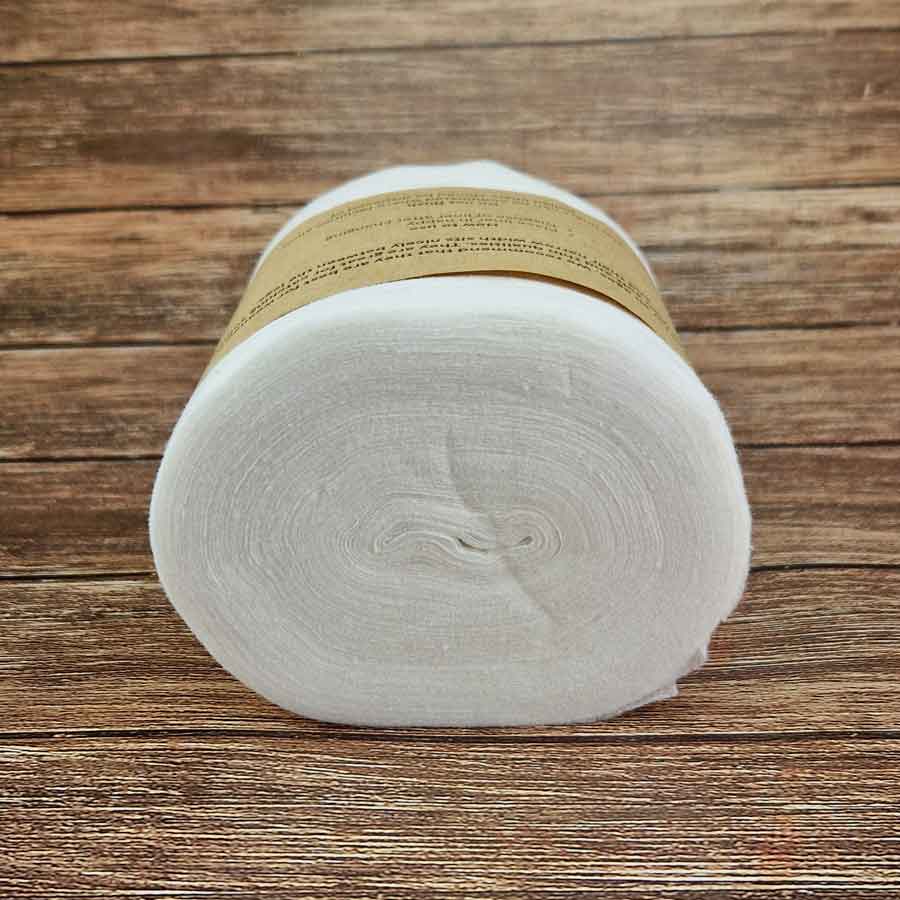
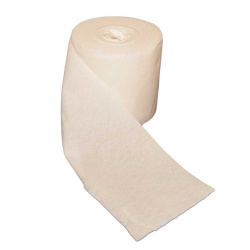
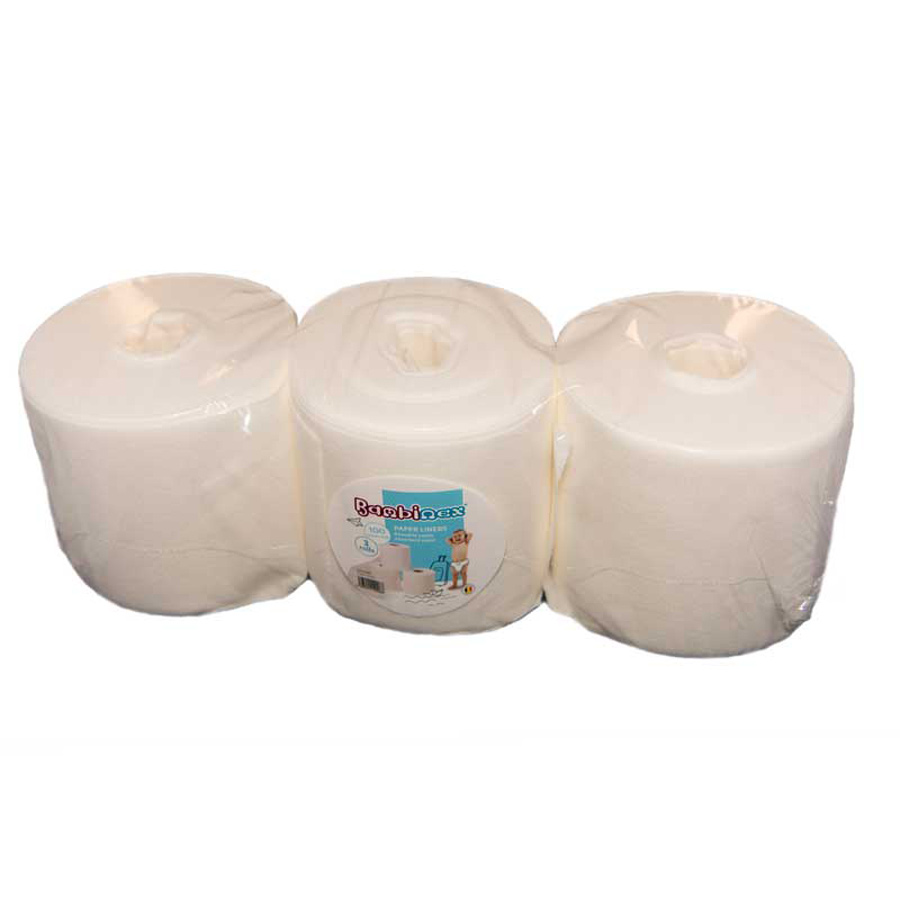
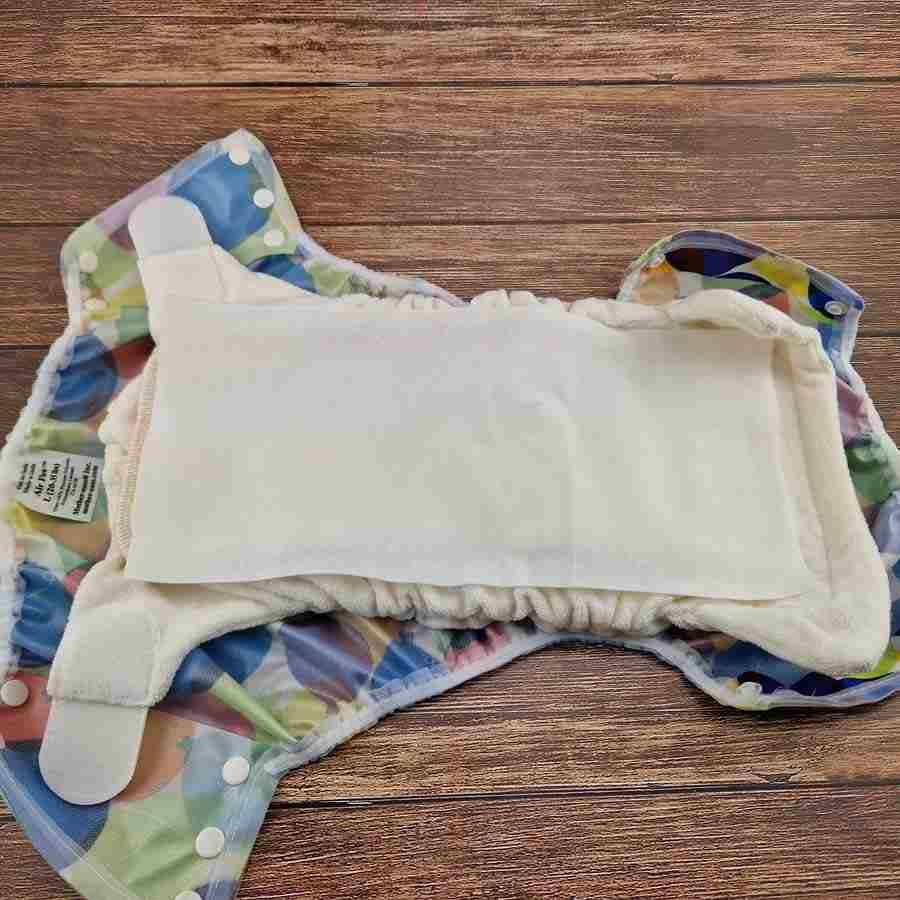
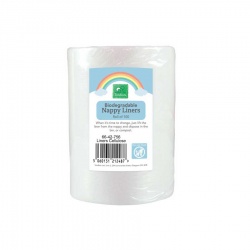
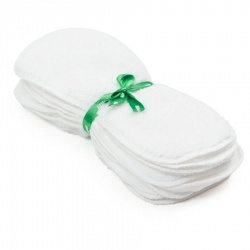

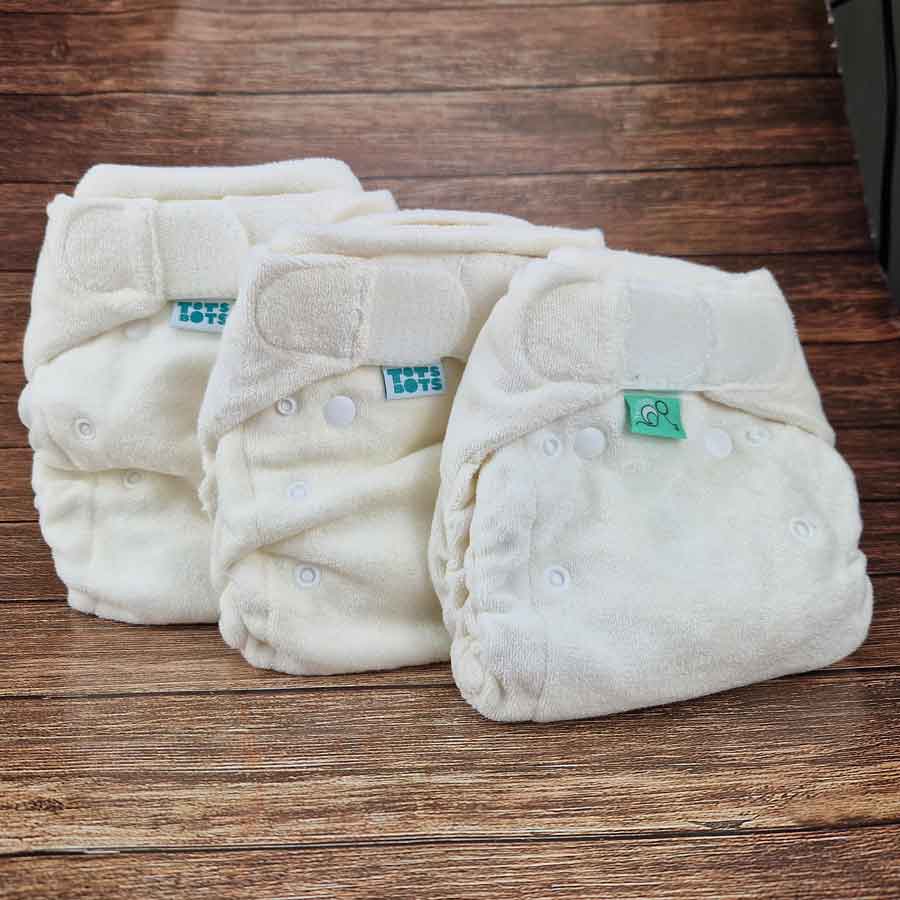
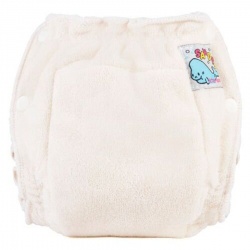
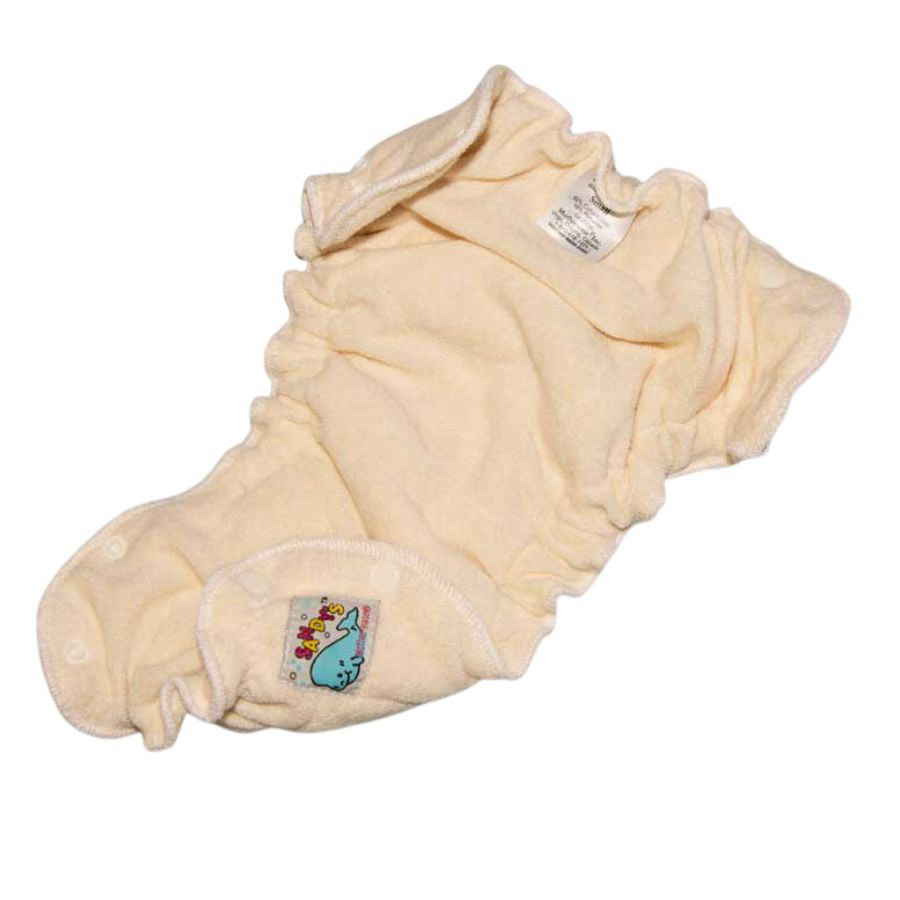
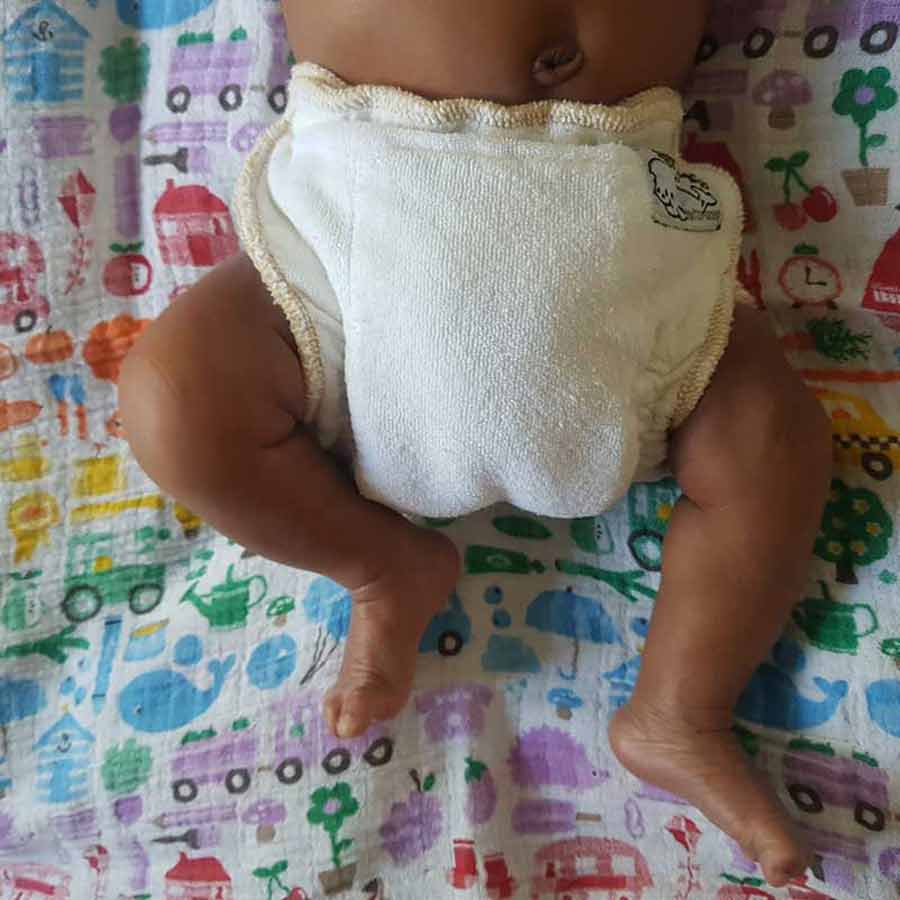
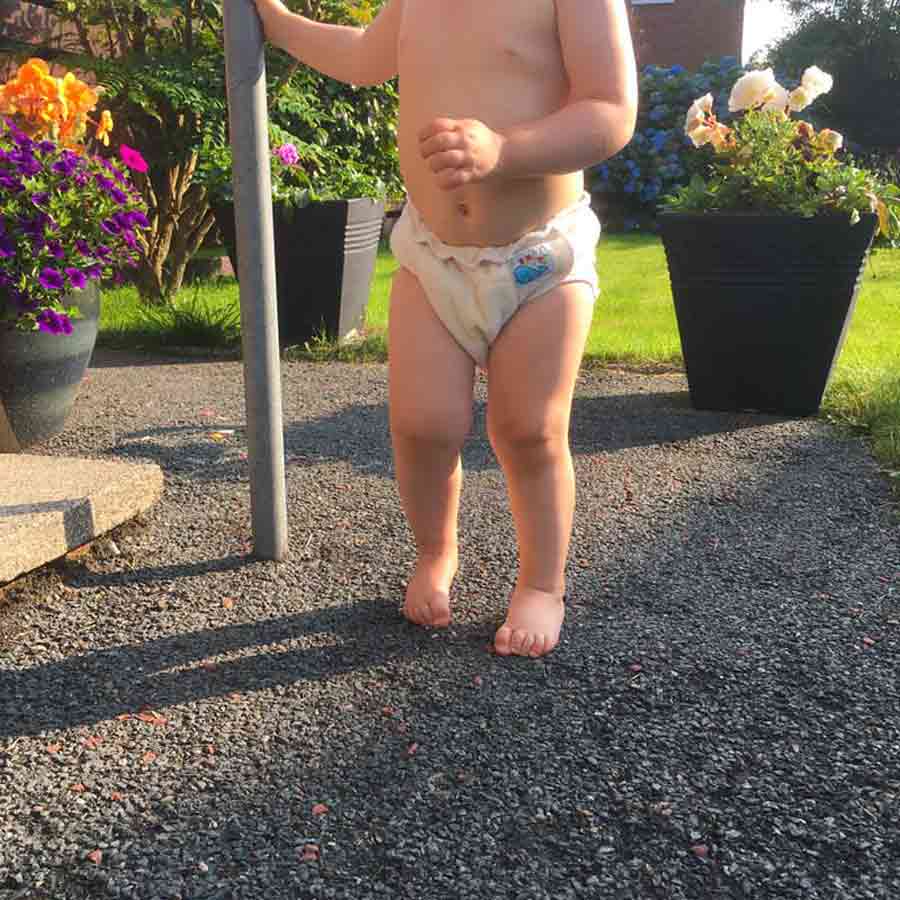
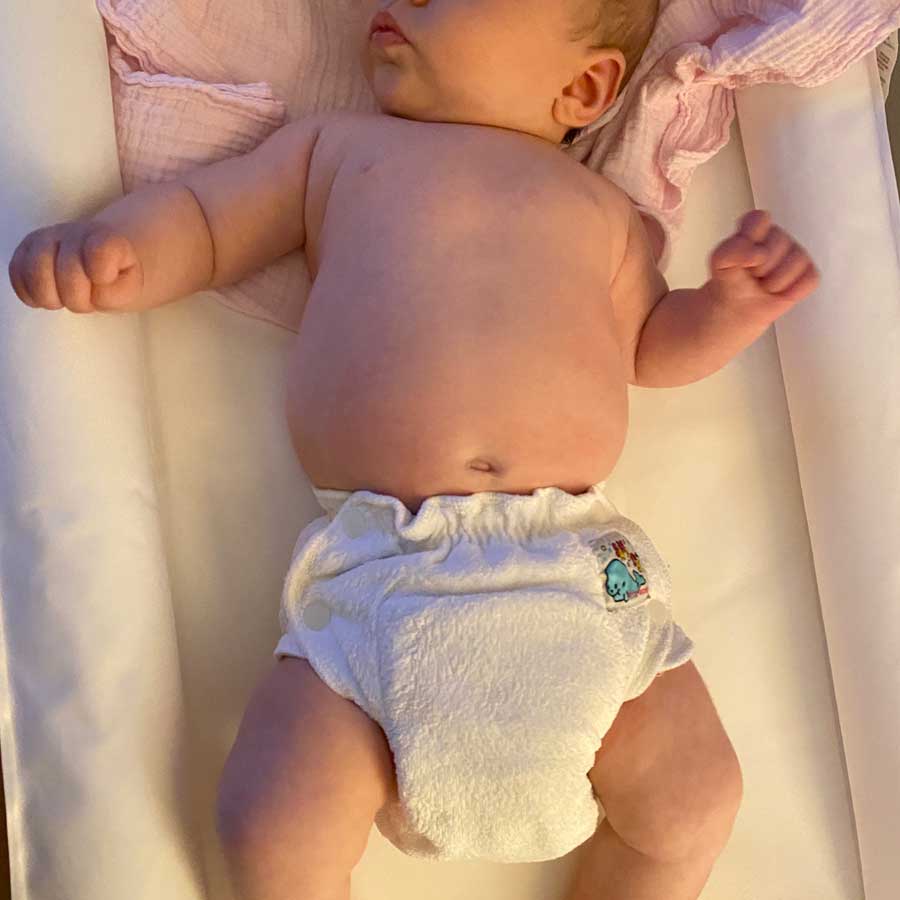
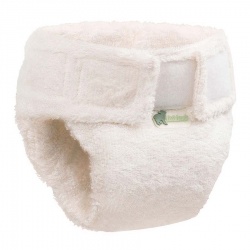
.jpg)
.jpg)
.jpg)
